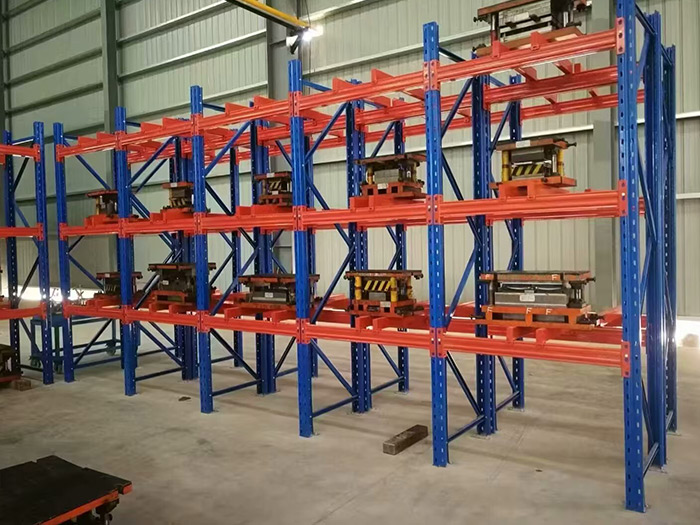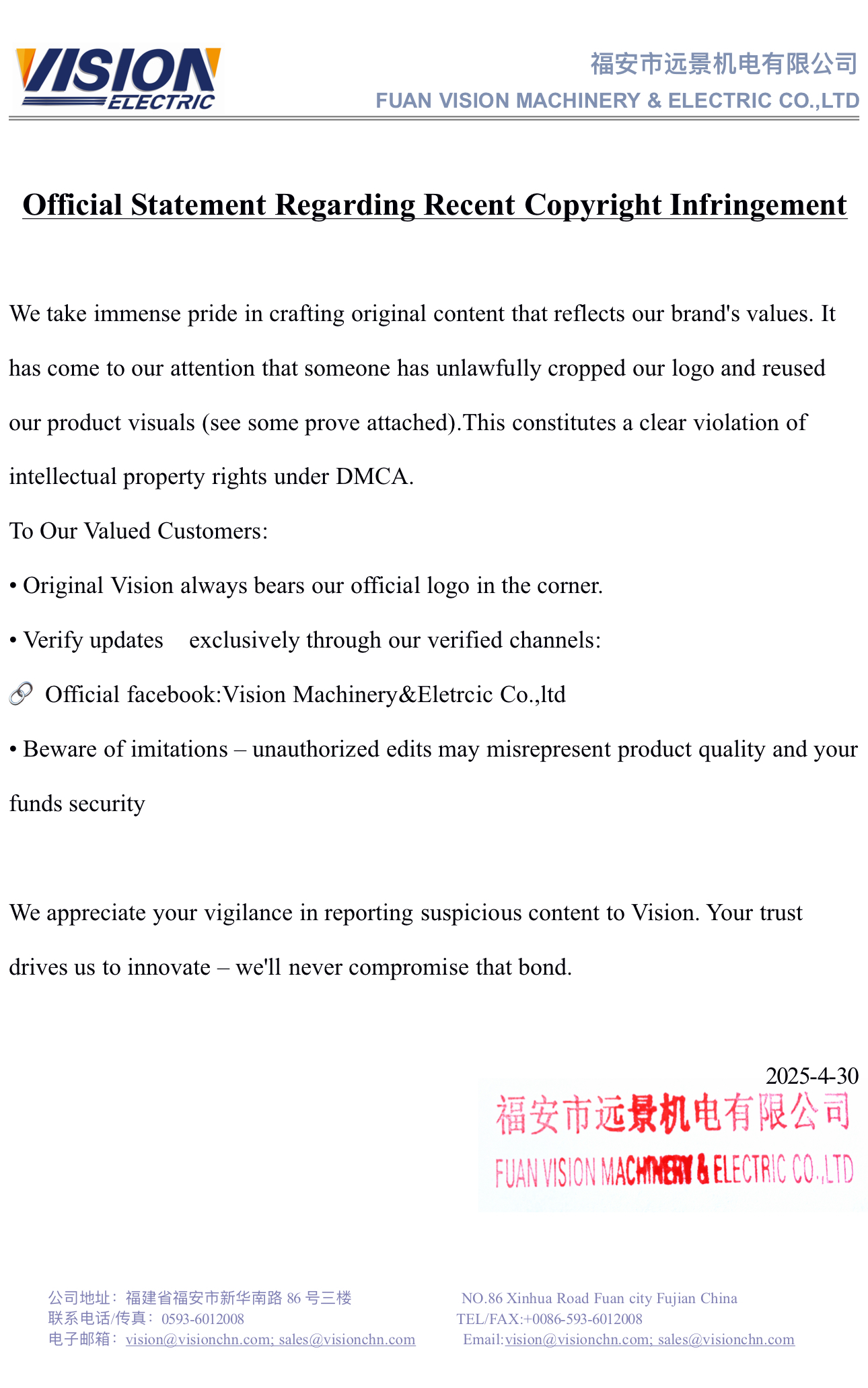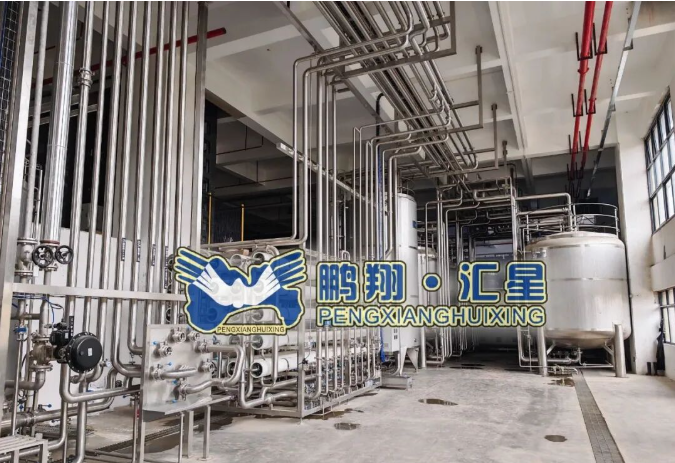Rainwater can wreak havoc on your roof if not properly managed. From leaks and water damage to mold growth and structural deterioration, the consequences can be costly and time-consuming to repair. In this comprehensive guide, we will explore expert strategies to protect your roof from rainwater, ensuring its longevity and structural integrity.
- Regular Roof Inspections:
Regular roof inspections are crucial to identify and address potential vulnerabilities before they escalate into major issues. Hire a professional roofing contractor to conduct a thorough inspection at least once a year, paying close attention to areas prone to water damage, such as flashing, gutters, and shingles. - Proper Gutter Maintenance:
Gutters play a vital role in diverting rainwater away from your roof and foundation. To ensure their effectiveness, follow these maintenance tips:
- Clean gutters and downspouts regularly, removing debris and leaves that can obstruct the flow of water.
- Check for any leaks or damage and repair them promptly.
- Install gutter guards to prevent debris buildup and clogging.
- Optimal Roof Pitch and Design:
The pitch and design of your roof can significantly impact its ability to withstand heavy rainfall. Consider the following factors:
- Ensure an adequate roof pitch to facilitate water runoff and prevent water pooling.
- Install a high-quality underlayment beneath the roofing material to provide an additional layer of protection against water infiltration.
- Choose roofing materials that are specifically designed to resist water damage, such as asphalt shingles, metal, or clay tiles.
- Effective Flashing Installation:
Flashing is a protective barrier installed around roof penetrations, such as chimneys, vents, and skylights, to prevent water intrusion. To ensure its effectiveness:
- Use high-quality flashing materials that are durable and weather-resistant.
- Properly seal flashing joints to prevent water seepage.
- Regularly inspect and maintain flashing to address any signs of damage or deterioration.
- Adequate Attic Ventilation:
Proper attic ventilation is essential for preventing moisture buildup and condensation, which can lead to roof damage. Consider the following ventilation strategies:
- Install ridge vents and soffit vents to promote air circulation and prevent heat and moisture buildup.
- Ensure insulation is properly installed and does not block airflow.
- Consult with a professional to determine the optimal ventilation system for your specific roof design.
- Professional Roof Waterproofing:
For added protection against rainwater damage, consider professional roof waterproofing services. These treatments involve applying specialized coatings or membranes to create a waterproof barrier on your roof's surface, enhancing its resistance to water infiltration.
Conclusion:
Protecting your roof from rainwater damage requires a proactive approach and regular maintenance. By implementing the strategies outlined in this guide, you can safeguard your roof, extend its lifespan, and avoid costly repairs. Remember, consulting with a professional roofing contractor is always recommended for a thorough assessment and tailored recommendations based on your specific roof type and location.



